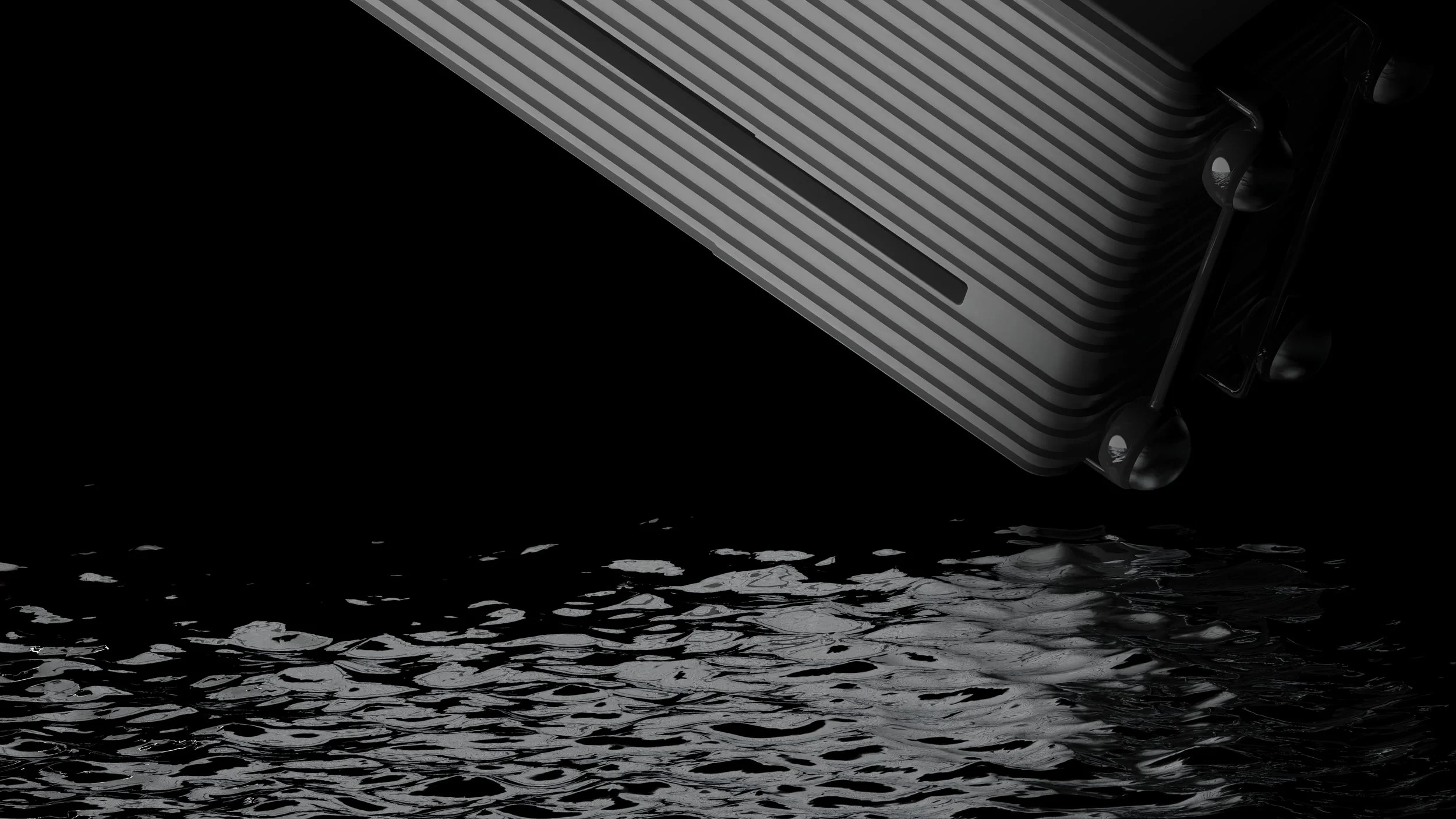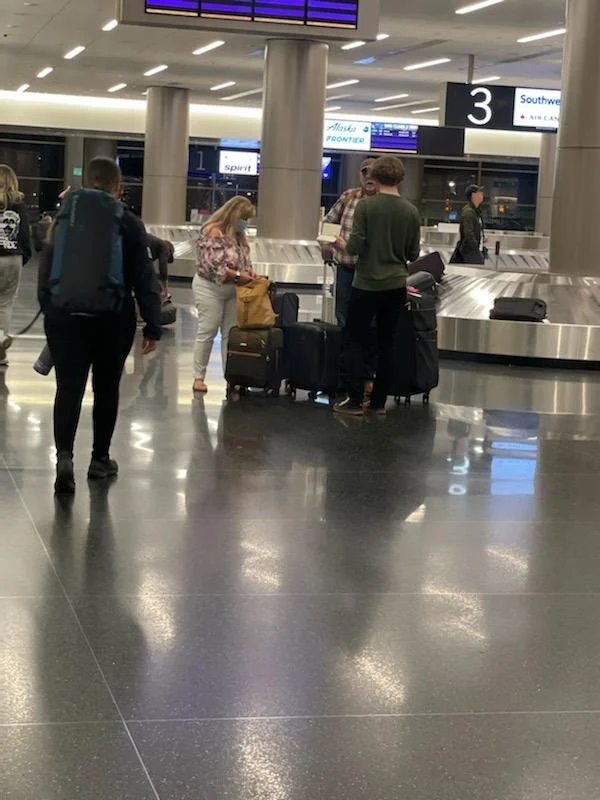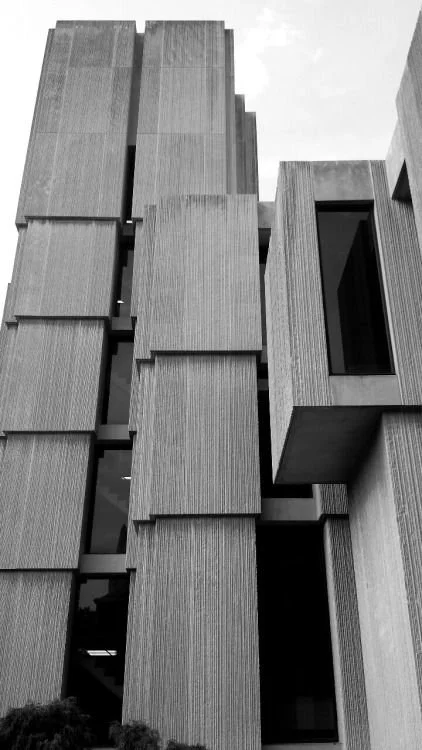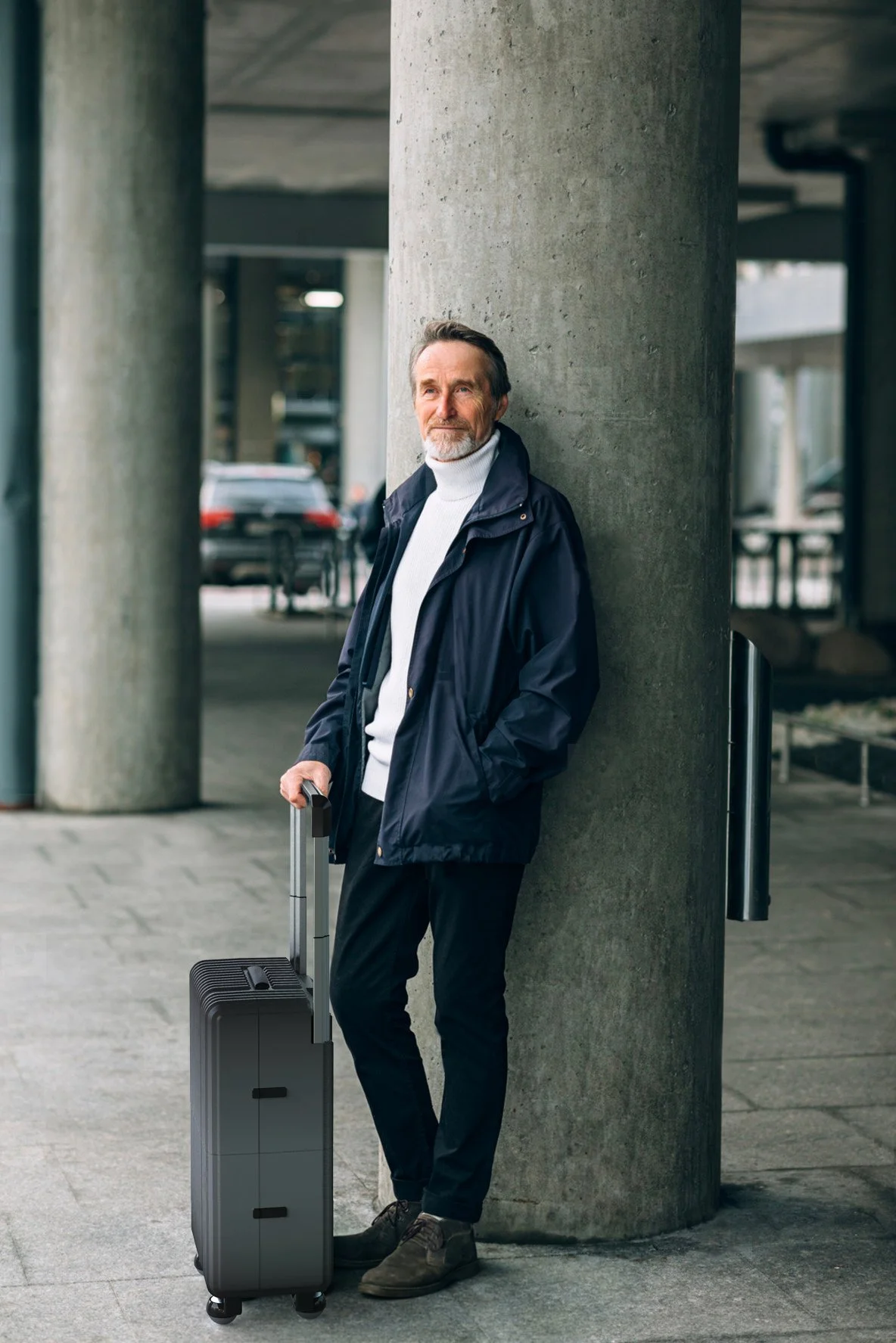
Enceladus
Suitcase
Objective:
Conduct in-depth user research and design a single piece of carry-on luggage.

User Research
At the start of the project, as a group, we conducted broader research by exploring market trends and completed user research interviews across a broad demographic range.
I decided to focus on designing a suitcase for older adults. I identified numerous unique unmet needs and use cases specific to older adults.
I went to the Salt Lake Airport and conducted ethnographic research to observe design challenges directly. I conducted numerous user research interviews with older adults.
Refinement
I created refined concepts incorporating multiple functional novelties from my ideation phase to address user needs. One focus was working to create a “peace-of-mind” for the user, which featured stair-friendly wheels, hardshell laptop protection, and handles that could be easily accessed on all sides. This phase led me to my final design concept: an expanding hardshell suitcase with a weight-bearing extendable handle and ball caster wheels.
Ideation
Ideation
After my research, I ideated a wide variety of functional innovations for current carry-on suitcases to meet the needs of older adults in travel. My goal was to identify a number of ways to address distinct user needs, which could later be synthesized into a cohesive final design.
Concept Generation
After my research, I ideated a wide variety of functional innovations for current carry-on suitcases to meet the needs of older adults in travel. My goal was to identify a number of ways to address distinct user needs, which could later be synthesized into a cohesive final design.
Final Concept

Final Concept
The final design was a vertically expanding, hardshell suitcase with a weight-bearing handle and ball caster wheels.
I branded it the Enceladus suitcase because the CMF design evokes lunar themes. This moon of Saturn has a unique reforming ice shell that contains the satellite’s interior ocean. The suitcase’s expanding hardshell functionality echos Enceladus’s dynamic ice sheet tectonics.
Communicating strength
One priority that emerged in my research with older adults was concern regarding the durability of the product. Users wanted a suitcase that conveyed strength and durability. To address this need, I drew inspiration from brutalist architecture, which draws power from durable materials and sturdy rectilinear forms. This guided CMF decisions, the stone grey of the primary shell evokes high-durability natural materials.
Expansion
The design features a middle-out telescoping hard shell made from injection-molded polycarbonate that almost doubles the suitcase’s volume. The process and material were chosen to address DFMA considerations but especially to achieve the tight tolerances needed for this functionality to be feasible.
This concept arose from user need which was articulated repeatedly and consistently. Older adults had a tendency to be more fluid in their use of their suitcases. They frequently expressed that they used carry-on suitcases in less traditional ways. The volumetric needs of the user at the start and end of a trip often vary greatly. Many preferred to check carry-on suitcases to reduce hassle and injury. This design enables the user to adapt the volume depending on their priority for either fitting strict carry-on dimensional restrictions or to expand and function like a checked suitcase.
Wheels
The wheels on this design are unique as they use a ball caster design instead of the traditional swivel caster wheels. This allows for more fluid motion, greater durability, and fewer points of failure when compared with typical offerings.
User research identified that wheels were a common area of user grievance, as most users had experienced broken, missing, or stuck wheels. Therefore wheel durability had an overwhelmingly disproportionate influence on user experience compared with other design features.
Weight-bearing extending handle
Lastly, a significant research finding I identified was the issue of fatigue amongst older adults while traveling. There are many points in the airport journey where travelers are expected to stand for extended periods of time without the option of seating, such as check-in, customer service counters, and baggage claim. I developed a robust, weight-bearing handle, with the button located on the understanding to provide support and stability without the risk of unintentional handle collapse. I also added a comfortable affordance to the hand can easily reach to access this functionality.















